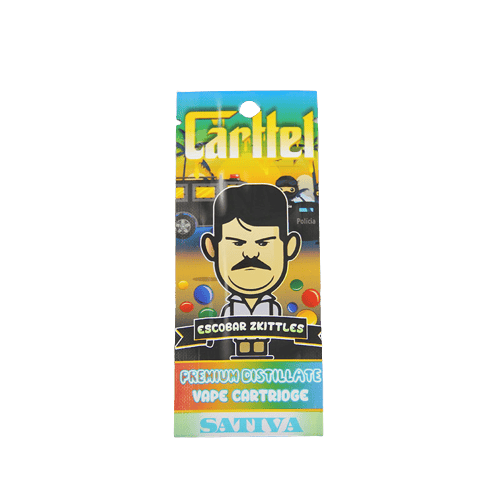Latest Progress in NMN Global Compliance
In late February 2025, Uthever® NMN, the world’s first large-scale, human clinically-proven NMN brand, completed the EU Novel Food Public Consultation phase. Uthever® is pioneering the EU novel food application process, the first NMN brand to enter the risk assessment stage, and is now pending approval. If approved, Uthever® NMN will be the first NMN ingredient to receive EU Novel Food certification, granted with the green PASS in the EU market.
Understanding Novel Food Dossiers
What is Novel Food?
Novel Food (or the new foods) refers to products and food ingredients that were not significantly consumed in the EU before 15 May 1997. These foods may include newly developed and innovative foods, foods produced using new technologies, or substances derived from animal, plant, microbial, or cell culture processes. The European Food Safety Authority (EFSA) rigorously evaluates novel food applications to ensure they meet strict safety standards in the EU market.
For more details, visit the EFSA Novel Food page.
The Value of Novel Food Certification
High Difficulty and Strict Safety Assessment
The EU Novel Food certification is regarded as the “golden gateway” for cutting-edge anti-aging ingredients like NMN. It establishes a high technical barrier through a comprehensive scientific review system, especially on the safety profile. Applicants must submit extensive documentation including toxicology (90 days of animal studies, etc.), pharmacokinetics (ADME studies), and stability testing. According to EFSA’s 2023 statistics, the overall approval rating remains below 30%, especially in the high-requirement evaluation process.
Entrance to a Larger EU Market: Pharmacies and Beauty Retail Channels
With Novel Food certification, Uthever® NMN enters the nutraceutical and functional food market in 28 EU countries and into the $5 billion global anti-aging market, increasing its presence in Europe and supporting international distribution and regulatory development.
The Novel Food provides a strategic path for Uthever® NMN to transition from cross-border trade and online sales to mainstream retail channels. Subject to regulatory approval, Uthever® NMN can be integrated into physical retail chains such as Boots, Sephora, and Carrefour. The shift from an “online-only” retail strategy to a dual-channel retail strategy will drive significant sales growth. The new combination system of in-store and online availability will drive market growth by expanding consumer access and enhancing Uthever® NMN’s brand recognition. As a trusted NMN provider, Uthever® NMN will support our clients—pharmacies, and beauty retailers—in capturing the growing demand for longevity and wellness products, ultimately strengthening their market position in the EU.

Legal Debate in the US: Medication or Dietary Supplement?
Being the pioneer of the market for healthy aging supplements, the United States has played a key role in shaping global consumer confidence in NMN. The popularity among the customers from the United States, further confirms NMN is safe to be consumed as a dietary supplement. However, while NMN has been extensively studied for its safety and consumed for years, legal disputes have emerged in the US regarding its classification. Concerns over new drug protections have raised the possibility of NMN being banned as a supplement. With the EU’s Novel Food approval, the European market now has the potential to become the next largest hub for NMN, offering new expansion opportunities.
The controversy stems from the FDA’s position on NMN’s status in light of new drug exclusivity rules. As the regulatory landscape in the US remains uncertain, consumers are awaiting the FDA’s response in late July. Meanwhile, recent positive progress in the EU New Food certification process shows hope for the adoption of NMN’s global regulations and reinforces its potential as a compatible and worldwide easily accessible NAD booster.
For the latest information regarding the legal status of NMN, visit: Effepharm NMN Legal Dispute Updates.
Leading Innovation with Clinical Evidence
Effepharm is committed to advancing anti-aging ingredients by integrating advanced biotechnology with solid clinical validation. UTH’s flagship range of NAD+ boosters is designed to improve longevity and well-being, ensuring that each product is backed by rigorous scientific research. Since our founding in 2017, we have continually transformed breakthrough discoveries into effective healthcare solutions, prioritizing safety and effectiveness to set new industry standards in the pursuit of innovation.

Explore Uthever® NMN
As we anticipate EU compliance approval, now is the perfect time to start planning and ensure your product line is market-ready, look at the latest scientific findings on the Uthever® NMN whitepaper, and access comprehensive global regulatory information.
Buy bulk NMN from professional anti-aging expert Effepharm, choosing the best NMN powder for optimal Health.













